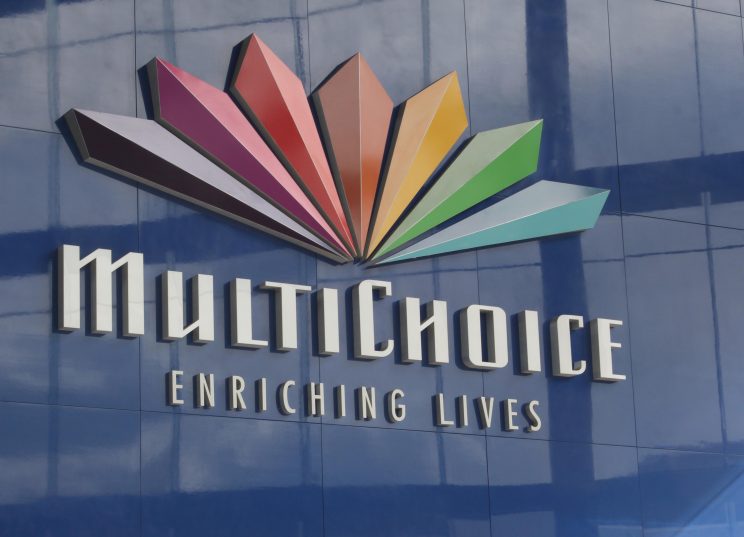Middle class dumps DStv as interest rates, load shedding bites

MultiChoice continues to lose middle- and upper-income subscribers in South Africa, with the number of mid-market (read: Compact) customers declining by 3% since last year.
It doesn’t disclose the specific number of Premium customers, but says this decline continues “to slow”. This means that Compact Plus, the other component of its ‘premium’ segment (not to be confused with the Premium package), is declining at a far quicker rate than the overall 6% number for this upper-income base.
In 2016, 55% of its subscriber revenue came from the premium segment (Premium and Compact Plus). By last year, that number was 37%. It has not disclosed the figure for 2023, but it is likely it is now below 35%, perhaps as low as 33%. It calls this “reducing dependency” but the market looks vastly different today than it did just five years ago.
Mass market segment grows
The only growth continues to come from Family (R319), Access (R129) and EasyView (R29) packages – its mass market segment – but this has an average revenue per customer of just R92. Simple maths means most of the customers in this segment are on the Access and EasyView packages. This segment grew its base by 10% last year, resulting in total subscriber growth in SA of 3%.
These trends alone mean that its revenue base will be under strain. It needs to add more than three mass market customers (on average) to replace a single mid-market one. To offset a premium segment customer leaving, the ask is higher.
Why would a household pay a subscription of R449 (Compact) or R579 (Compact Plus) a month if they’re unable to watch TV during primetime for half – or more – of the week? One can assume that Premium subscribers are more sticky and less likely to pause and unpause their subscriptions (they simply cancel outright). The group says it sees a 12% viewership decline during Stage 6 (versus 31% for the industry overall).
Unhealthy churn
Many of the customers do tend to return, but this churn is not healthy. MultiChoice lost approximately 100 000 subscribers between 1 January and 31 March, when the country experienced near-constant elevated levels of load shedding (Stage 4 to 6). However, customers who were active at any point over that rolling 90-day period grew by 300 000 versus the previous year.
This churn in the base is not helping revenue. On average, the number of days that subscribers were ‘active’ in the last 12 months has dropped by 12 to 269. This means that the typical subscriber is only paying a subscription for 74% of the year – less than three-quarters.
But it is not only load shedding hurting the pay TV operator.
This translated to revenue in South Africa being down 2% (or R631 million) to R34.99 billion for the 12 months, with trading profit 23% (or R2.5 billion) lower. Subscription revenue in the country is down 3% at R28.1 billion (versus R20.4 billion in its other markets).
Revenue boost
Despite the pressures – ad audiences are down 5% to 15% – advertising revenue has held up remarkably well, likely boosted by the 2022 Fifa World Cup.
The trading margin in the core South African business is at 24.2% (with the African operations unable to change this for the group), a big concern for MultiChoice management.
The costs of the Comcast deal – where Showmax transitions to this platform – do contribute to this decline, but the blandly labelled “subscription revenue shortfall” is a noticeably greater contributor. Effectively, because its subscription revenue is in decline, profits are obviously negatively impacted (so-called “negative operating leverage”). It is expected that, going forward, margins will be “in the mid-twenties”. This is a big decline from the above-30% margin achieved previously.
The group was bolstered by a decent performance from its rest of Africa operations, which led it to report a profit.
MultiChoice says that “in view of the challenging South African market, the uncertain currency outlook, the funding needs of the Rest of Africa business and the investment required to drive Showmax to become the leading streaming platform on the continent, no dividend has been declared for FY23”.

